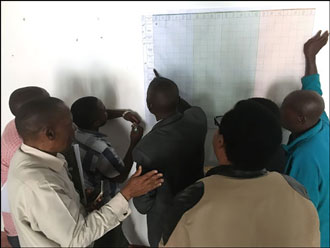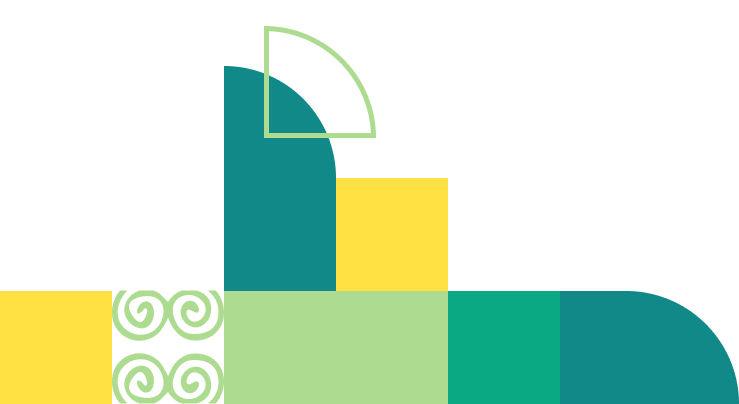3 June 2019
Unlocking discussions around urban natural assets through interactive workshops



Unlocking discussions around urban natural assets through interactive workshops
In order to break away from the traditional workshop format whereby attendees just share their individual points, the Urban Natural Assets for Africa: Coasts for Life (UNA Coasts) project team adopted a much more innovative and interactive approach to a workshop in the City of Quelimane that not only stimulated creativity through collaborative working, but also unearthed valuable discussions and insights into the cities coastal ecosystems.
The interactive workshop was done in two parts. Firstly, stakeholders were divided into various groups in order to collectively identify the cities coastal ecosystems and the services they provide. Secondly, the stakeholder groups where then required to collectively determine which ecosystem services they consider important to the City.
Each group was given an A3 piece of paper with a tabulated list of possible natural assets and the various services they could provide. Once natural assets were selected, participants were encouraged to discuss what services they would provide from three categories; cultural services, regulating services and human-related services. Using coloured dots, participants place the dots in the corresponding boxes on the table. For example, if mangroves was selected as an identified coastal natural assets the following corresponding services may have been selected, “recreation, leisure and tourism”, “sense of place”, “natural hazard protection”, “marine breeding”, “carbon sequestration”, erosion control”, “building material” and “fuel”.
The workshop approach adopted by the UNA Coasts team in Quelimane showed that interactive workshops can be useful and beneficial for a number of reasons. Firstly, the data collected during an interactive workshop can be used to produce reliable and valuable project outputs. Secondly, through interactive workshops additional data that may not have been thought about before can emerges, putting research/project issues in a broader and societally relevant context and also ensuring that new ideas and much need discussions are generated. Additionally, Interactive workshops can also build and expand networks with and between the various stakeholders. Dialogues may take place between stakeholders they may not have taken place if it were not for this opportunity and boundaries broken down between different stakeholder groups, which is extremely beneficial. Furthermore, interactive workshops provide more than a platform for data collection, it provides a space for conversations and the breaking down of barriers.
From this workshop, it became clear that in order to ensure a successful interactive workshop, having participants from a range of backgrounds is essential and managing group dynamics very important. Having workshop participants with a diversity in experience, opinions, seniority and interests, with the idea of splitting participants into different groups exposes them to alternative perspectives and new ways of thinking. However, it is crucial to know the various workshop participants backgrounds well as it allows the facilitator to better manage group dynamics during an interactive workshop. It is not always possible to select participants based on the objective(s) and style of the workshop. But if you know who you participants are and their backgrounds you can see how their perspectives and backgrounds fits with the objective(s). This allows for pre-selecting groups carefully or rearranging groups before activities commence to ensure that all groups are made up of participants from different backgrounds, ensuring that deep discussions and learning is taking place.
More information on the UNA Coasts project can be found here.



